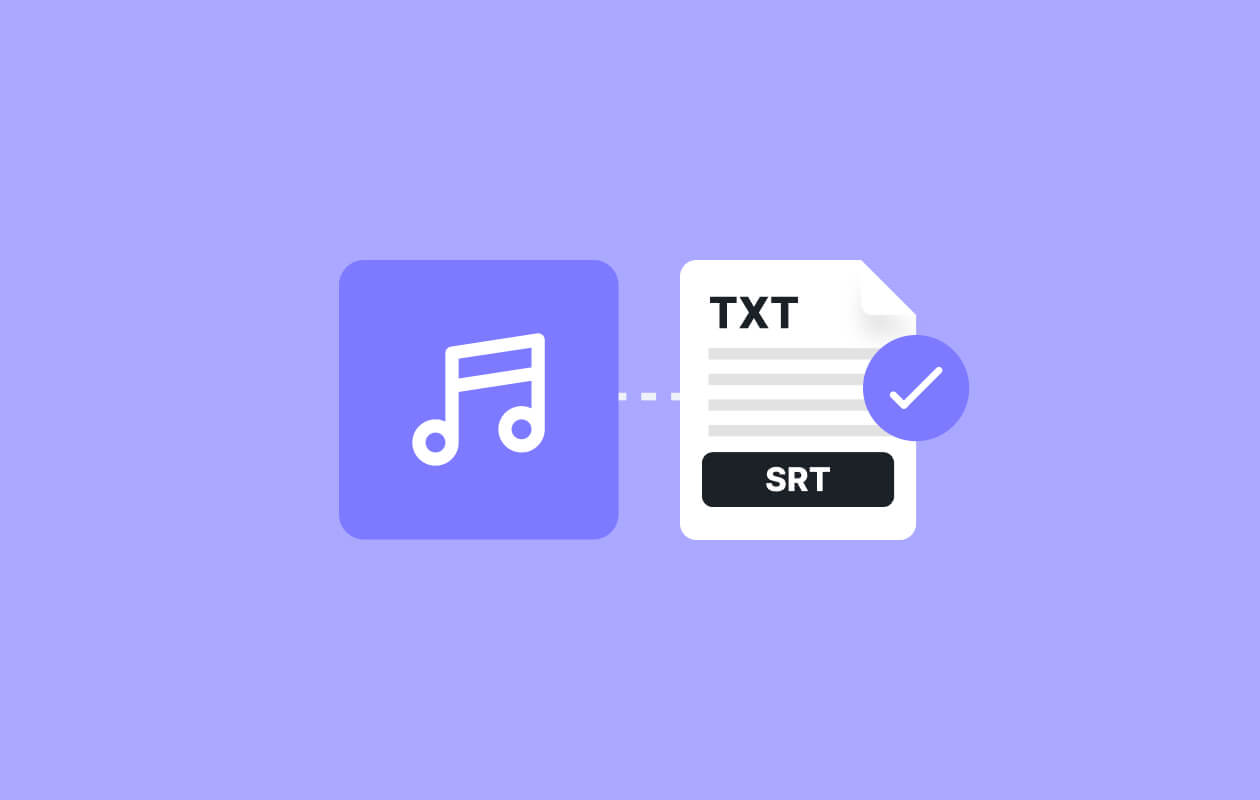Building an Audio Transcriber

DESCRIPTION OF THE WORK
This project is an audio transcription project that uses Google Cloud’s Speech-to-Text API to transcribe large audio files. This code allows you to split large audio files into smaller chunks, transcribe them efficiently, and even add automatic punctuation. It’s a great example of how Artificial Intelligence and technology can be used to streamline tasks like transcribing long interviews, podcasts, or recordings.
For Journalism, this project reduces the need to have paper-based workflows and increases accessibility especially for hearing impaired individuals. It also reduces the cost of audio storage as the smaller text file formats use less storage compared to larger audio files. The text format also ensures the file can be converted into different languages to make it more accessible. This project reduces waste and creates a sustainable format for audio handling.
Transcribing Audio Files with Python and Google Cloud Speech-to-Text
Key Features
Audio Splitting with PyDub: The pydub library allows us to break down long audio files into smaller, more manageable chunks. This is crucial when working with large files that exceed API size limits.
Speech-to-Text API: The Google Cloud API enables highly accurate speech transcription, complete with automatic punctuation. This makes the transcriptions cleaner and easier to read.
Step-by-Step Breakdown
Setting Up the Environment
First, I set up my environment to use the Google Cloud Speech-to-Text API. This requires downloading and setting up a service account key file, which is used for authenticating with Google Cloud.
Splitting the Audio File
I used the pydub library to load the audio file and split it into chunks. Each chunk is saved as a .wav file, which is the format required for Google Cloud’s API.
Transcribing the Audio Chunks
The main part of the project involves sending each audio chunk to the Google Cloud Speech-to-Text API for transcription. I also enabled automatic punctuation to ensure the transcriptions are more readable.
Python Skills Utilized
Audio Processing: The pydub library is used to manipulate and split audio files. This project demonstrates how to load audio, divide it into chunks, and export each chunk as a separate file.
API Integration: This project relies heavily on Google Cloud’s Speech-to-Text API. You’ll learn how to authenticate, configure audio properties, and handle API requests.
Handling Large Files: Breaking down large audio files into smaller segments is critical when working with API limits and performance constraints.
Environment Variables: Sensitive data, like API keys, is stored securely using dotenv, preventing accidental exposure of sensitive information.
Real-World Use Cases
This project has multiple practical applications:
Transcribing interviews for journalism or content creation.
Automating podcast transcriptions to generate show notes or captions.
Transcribing meeting recordings, making it easier to search and organize information.
Enhancing accessibility by providing written versions of audio content.
Conclusion
This project showcases the power of combining Python, audio processing, and cloud services to solve real-world problems. Whether you’re working with lengthy interviews, podcasts, or meetings, this tool can save you countless hours of manual transcription.
If you’re interested in the full code or want to explore it in detail, this is the link to the GitHub Repository here.
Stay tuned for more Python projects coming soon!
Here is a video explaining the entire process.
Skillset Required
-
Technical Skills
- Python programming and understanding of libraries like
google.cloud.speech - Audio processing with pydub and understanding audio formats like
.wav - API integration and knowledge of authentication and configuration
- File handling
- Environment management using dotenv to handle sensitive data
- Cloud services
- Python programming and understanding of libraries like
-
Writing and Communication Skills
- Clarity and structure
- Technical writing
- Engaging tone
- Call-to-action
-
Analytical and Problem-Solving Skills
- Understanding API constraints
- Effective workflow design
-
Research Skills
- Tool familiarity
- Use case exploration
-
Content Marketing Skills
- GitHub repository management
- SEO awareness
- Multimedia integration
-
Storytelling and Contextual Skills
- Relating technology to real-world problems
- Personal connection
-
Teaching and Demonstration Skills
- Step-by-step explanation
- Highlighting key features
-
Multimedia Skills
- Video production
- Responsive media integration
-
Design and Formatting Skills
- Content layout
- Aesthetic appeal
Category: my portfolio
355
7






Comments